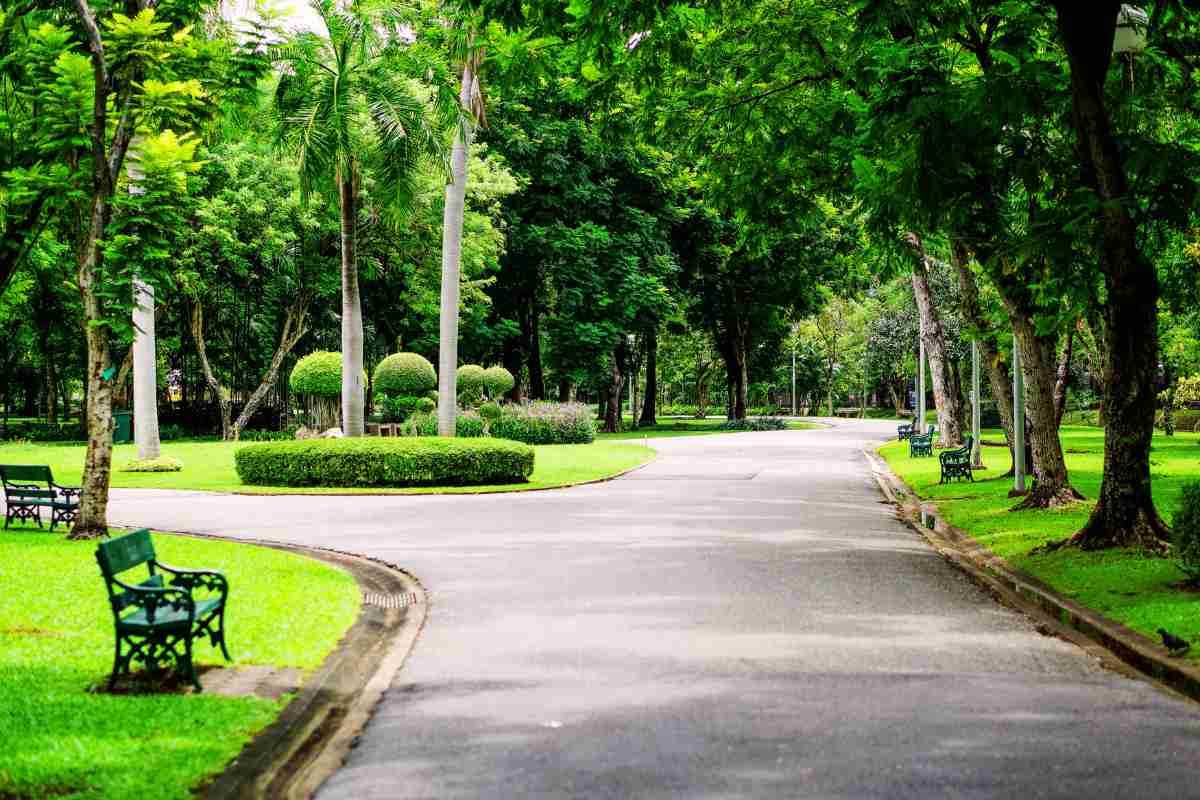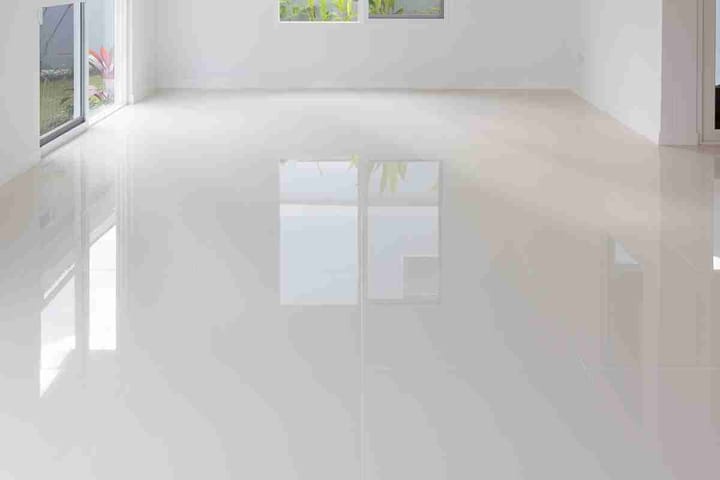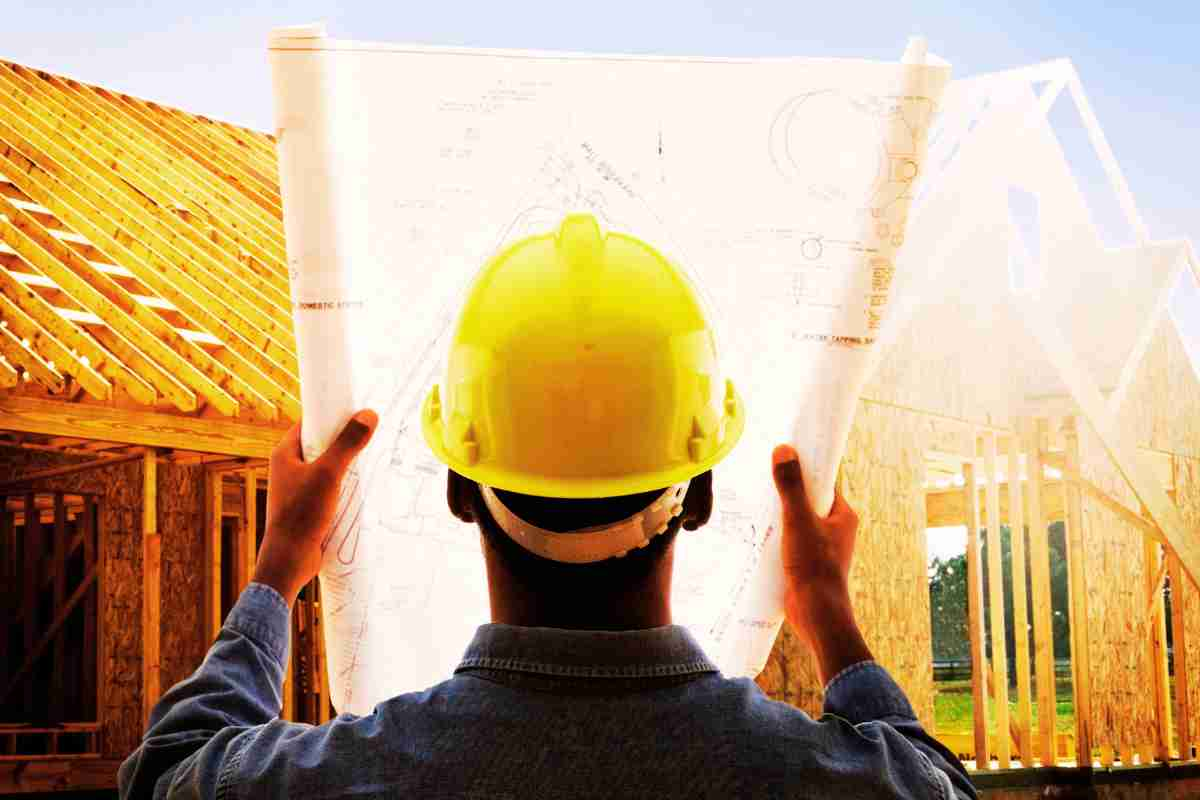The Architectural Element: How Street and Park Furniture Defines Modern Landscapes
A bench or a light can transform a street’s vibe—public furniture shapes how cities feel and communicate with us, beyond just filling space.

Ever noticed how a simple bench can completely change how a street feels? Or how the right lighting fixture can turn a dodgy corner into somewhere you'd actually want to hang out?
The furniture we place in our public areas does way more than just fill empty spots. It's pretty much the vocabulary our cities use to communicate with us.
More Than Just Somewhere to Sit
Here's the thing about public furniture: it's working overtime. That bench isn't just providing a place to rest your legs after a shopping trip. It's telling people this is a spot where they're welcome to pause, chat with a neighbour, or watch the world go by.
Think about it. A park without seating feels unwelcoming, like you're supposed to keep moving. But scatter some well-placed benches around, and suddenly the whole area opens up. People start lingering. Kids play longer because parents have somewhere comfortable to supervise from.
The same goes for those metal bins that seem so ordinary. Actually, they're doing the heavy lifting when it comes to keeping our public areas clean and pleasant. Good design here means the difference between a tidy street and one that's constantly battling litter.
Creating Connection Points
Public furniture has this sneaky way of bringing people together. Those communal tables in parks? They're basically social engineering in action. Strangers end up sharing space, kids from different families start playing together, and before you know it, communities are forming over shared picnic spots.
But here's where it gets interesting: the design details matter more than you might think. The height of a table, the material of a seat, even the colour choices all influence how people interact with these pieces. Get it right, and you've created a natural gathering point. Get it wrong, and people will walk right past.
Street furniture in Australia has had to evolve pretty quickly to handle our unique climate challenges. The scorching summer sun, sudden downpours, and salt air in coastal areas all demand materials and designs that can take a beating while still looking good.
The Psychology of Public Design
This part's a bit tricky, but it's fascinating once you start noticing it. The furniture in public areas actually guides our behaviour in subtle ways. Wide, comfortable seating encourages longer stays and social interaction. Sleeker, more minimal pieces suggest efficiency and movement.
Lighting fixtures do double duty too. They provide safety and visibility after dark, but they also set the mood for an entire area. Warm, lower lighting creates intimacy. Bright, clean lighting suggests activity and energy.
The truth is, most of us respond to these design cues without even realizing it. We just know some places feel welcoming while others feel cold or uninviting.
Building Identity Through Design
Every city develops its own personality partly through the furniture it chooses for public areas. Melbourne's famous for its creative, artistic approach to street design. Sydney tends toward sleek, harbour-inspired elements. Perth embraces materials that can handle intense sun and coastal conditions.
These choices aren't random. They reflect local values, climate needs, and cultural preferences. The result is that public furniture becomes part of what makes each place unique and recognizable.
Local councils are getting smarter about this too. They're realizing that investing in quality street furniture Australia options pays off in terms of community satisfaction, tourism appeal, and long-term maintenance costs.
Looking Forward
Public furniture design keeps evolving as our needs change. Solar-powered charging stations built into benches. Smart bins that signal when they need emptying. Modular seating that can be reconfigured for different events.
The best part? Good public furniture becomes almost invisible when it's working well. People use it naturally, without thinking about it. That's when you know the design has succeeded in creating spaces that truly serve the community.




Comments ()